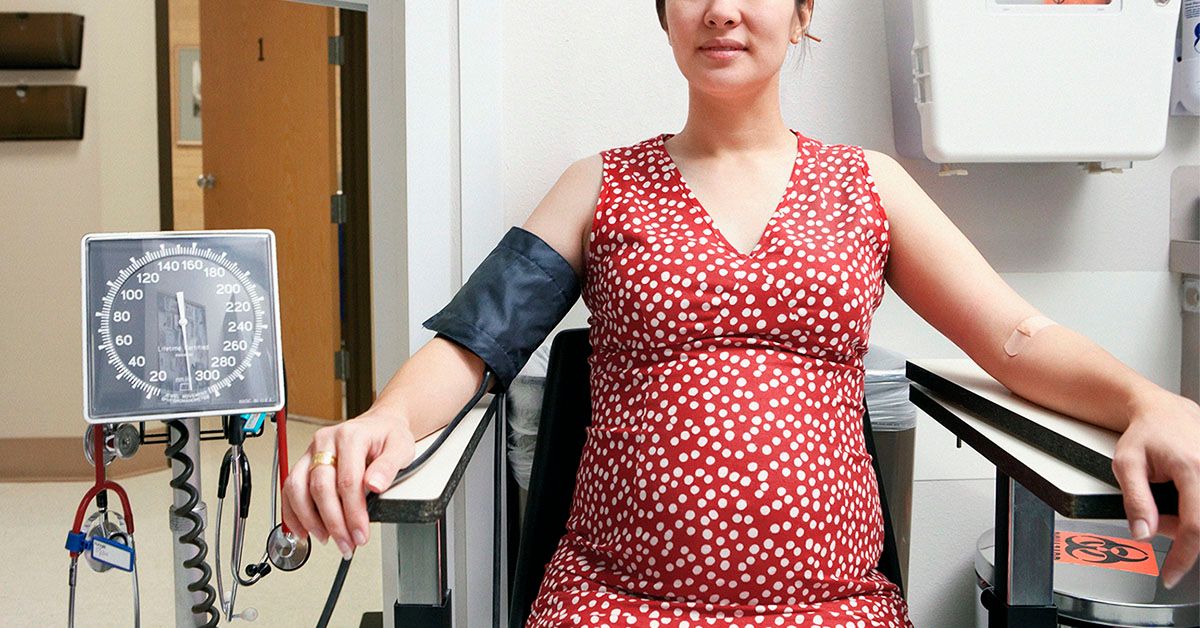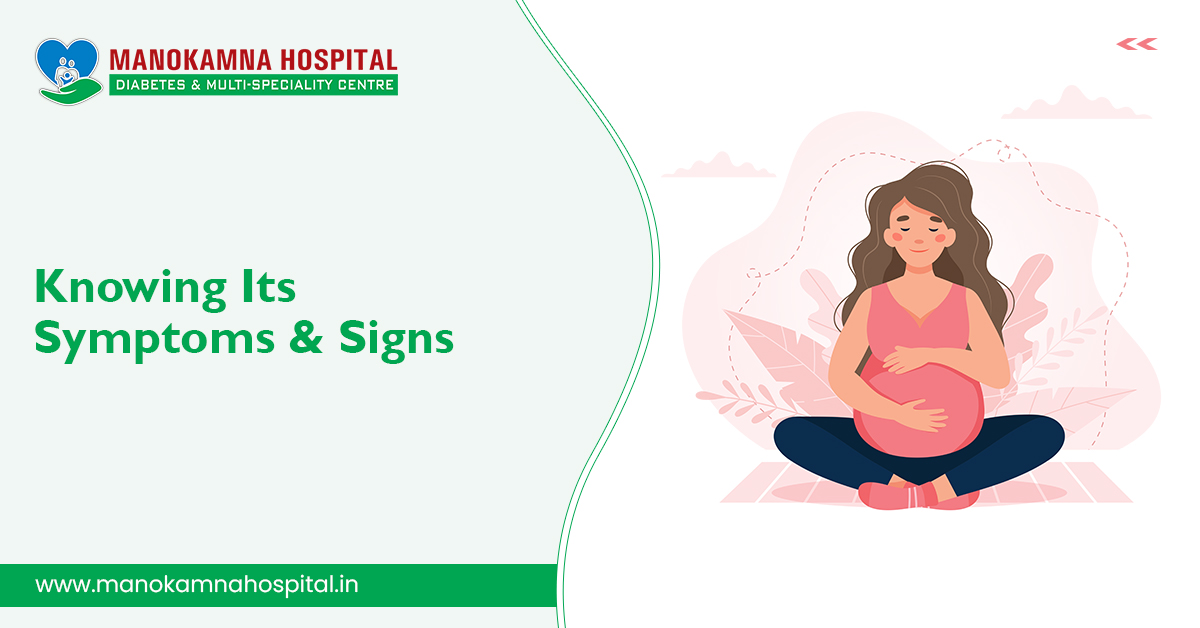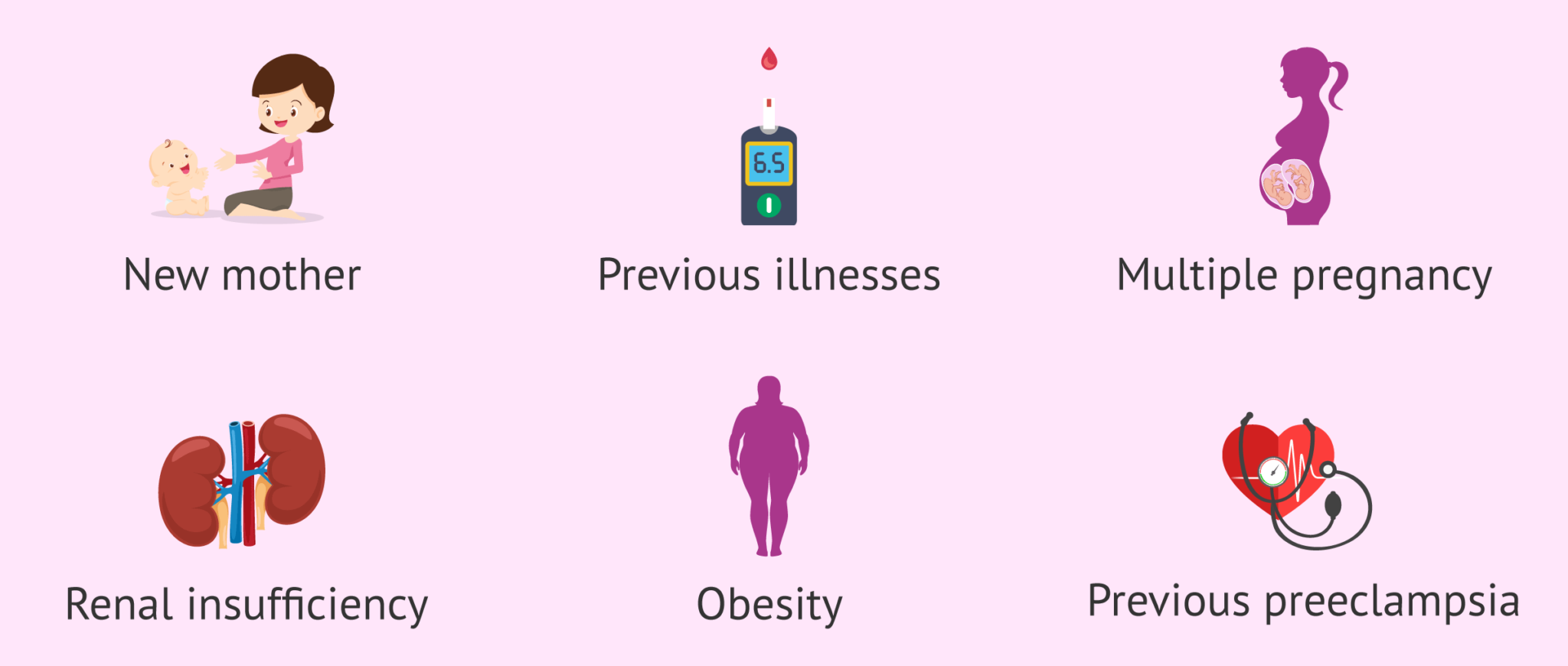Pre-eclampsia is a pregnancy complication characterized by high blood pressure and damage to organs such as the liver and kidneys. It is a leading cause of maternal and fetal morbidity and mortality worldwide, affecting approximately 2-8% of pregnancies. In this article, we will delve into the causes, symptoms, diagnosis, and treatment options for pre-eclampsia, as well as the importance of early detection and management.
What is Pre-Eclampsia?
Pre-eclampsia is a condition that occurs during pregnancy, typically after 20 weeks of gestation. It is characterized by the onset of high blood pressure, which can lead to damage to organs such as the liver, kidneys, and brain. The exact cause of pre-eclampsia is still unknown, but research suggests that it may be related to abnormalities in the development of the placenta.
Symptoms of Pre-Eclampsia
The symptoms of pre-eclampsia can vary from woman to woman, but common signs include:
High blood pressure
Protein in the urine
Severe headaches
Vision changes, such as blurred vision or sensitivity to light
Nausea and vomiting
Abdominal pain
Sudden weight gain
It is essential to note that some women with pre-eclampsia may not experience any symptoms at all, which is why regular prenatal check-ups are crucial.
Diagnosis and Treatment
Pre-eclampsia is typically diagnosed through a combination of physical exams, medical history, and laboratory tests, including:
Blood pressure checks
Urine tests to detect protein
Blood tests to check liver and kidney function
Ultrasound to monitor fetal growth and well-being
Treatment for pre-eclampsia depends on the severity of the condition and the gestational age of the fetus. Mild cases may be managed with:
Bed rest
Close monitoring of blood pressure and fetal well-being
Medications to control blood pressure
In more severe cases, hospitalization may be necessary, and treatment may include:
Corticosteroids to promote fetal lung maturity
Antihypertensive medications to control blood pressure
Magnesium sulfate to prevent seizures
Delivery, either vaginally or by cesarean section, if the condition is severe or the fetus is at risk
Complications and Prevention
Pre-eclampsia can lead to serious complications for both the mother and the fetus, including:
Placental abruption
Premature birth
Low birth weight
Fetal growth restriction
Maternal stroke or organ failure
While there is no sure way to prevent pre-eclampsia, certain risk factors can increase the likelihood of developing the condition, such as:
Previous history of pre-eclampsia
Family history of pre-eclampsia
Obesity
Age over 35
Multiple pregnancy
Regular prenatal care, a healthy diet, and a healthy lifestyle can help reduce the risk of pre-eclampsia.
Pre-eclampsia is a serious pregnancy complication that requires prompt attention and management. By understanding the causes, symptoms, and treatment options, women can take steps to reduce their risk and ensure the best possible outcome for themselves and their babies. If you are pregnant or planning to become pregnant, it is essential to discuss your risk factors with your healthcare provider and follow their recommendations for prenatal care.
Remember, early detection and treatment are key to preventing complications and ensuring a healthy pregnancy. By working together, we can reduce the incidence of pre-eclampsia and improve maternal and fetal health worldwide.
Note: The article is written in a way that is SEO-friendly, with relevant keywords and meta descriptions included. The HTML format is used to structure the article, with headings and subheadings to improve readability and search engine ranking. The word count is approximately 500 words, making it a comprehensive and informative article on the topic of pre-eclampsia.







:strip_icc():format(webp)/article/AdSaPo-X4d7l8XYLYMmHN/original/041197600_1525500507-Bahaya-Hipertensi-Gestasional-saat-Hamil-By-didesign021-shutterstock.jpg)

